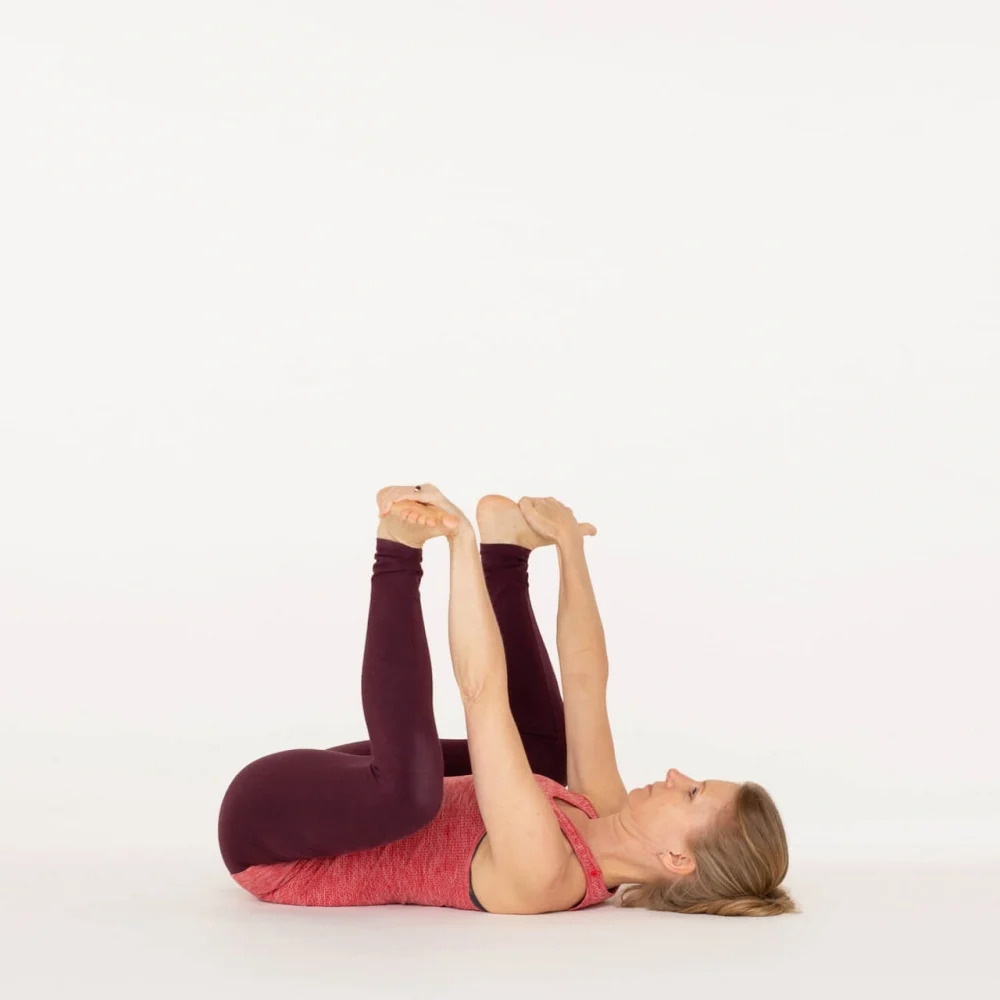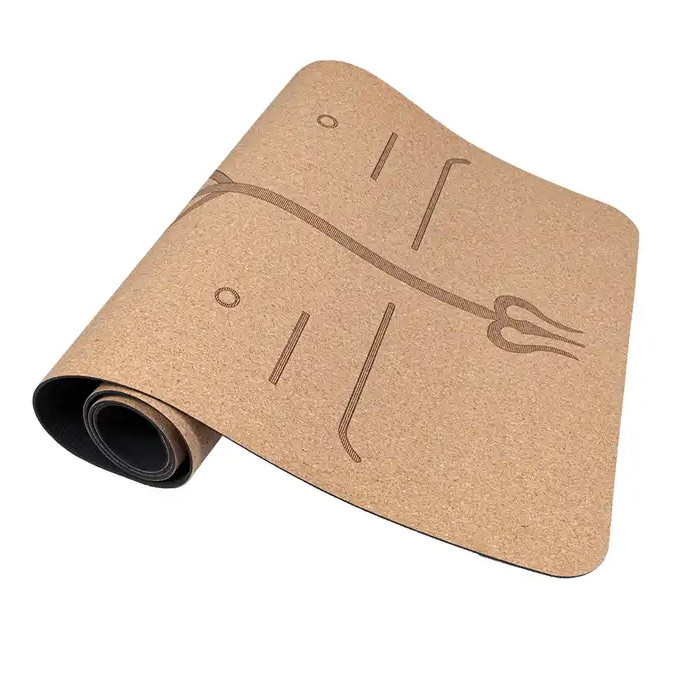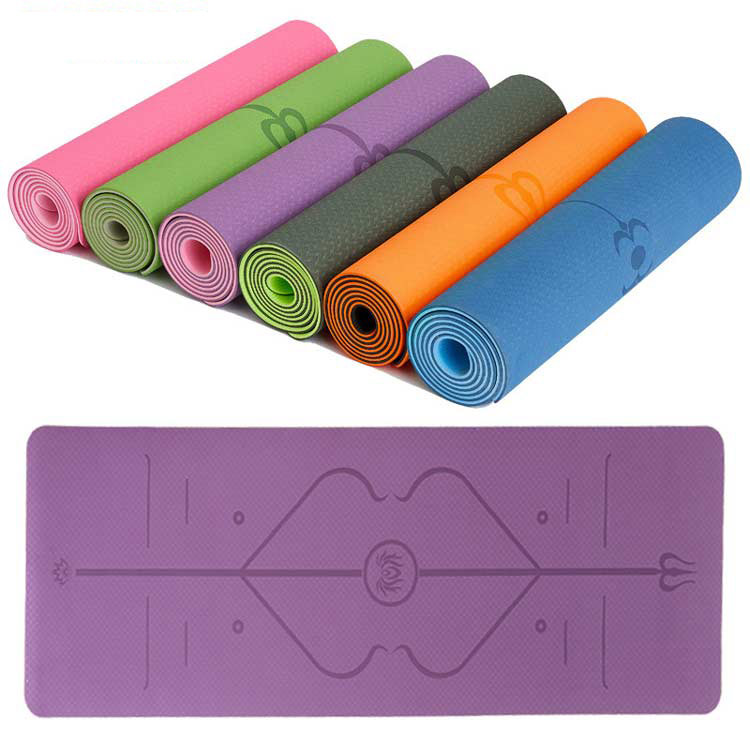Yoga is a popular exercise that has been shown to improve physical, mental, and emotional well-being. One pose that is often recommended for beginners is the happy baby pose, a relaxing position that provides a number of benefits while remaining simple to perform. In this article, we will explore the advantages of the happy baby yoga pose, how to perform it correctly, and what to keep in mind while practicing.
Benefits of the Happy Baby Yoga Pose
The happy baby pose, also known as Balasana, is a restorative pose that provides several benefits. Some of the key benefits include:
- Relaxes the Spine: The happy baby pose stretches and relaxes the spine, promoting flexibility and reducing back pain.
- Stretches the Hamstrings: This pose involves lying on the stomach with the knees bent, which stretches the hamstrings and improves flexibility.
- Engages Core Muscles: Holding the pose requires strengthening core muscles, including the abs and lower back, for balance and support.
- Reduces stress: The happy baby pose promotes a sense of tranquility and relaxation, reducing stress and anxiety.
- Boosts Digestion: The gentle stretch of the pose stimulates the digestive system, promoting better digestion and elimination.
How to Perform the Happy Baby Yoga Pose
To perform the happy baby yoga pose correctly, follow these steps:
- Lie on your stomach with your palms facing down and arms bent at the elbows.
- Raise your head, neck, and upper body slightly off the ground while keeping your palms and elbows planted firmly.
- Lift your knees up and bring them in towards your chest with your ankles crossed.
- Rest your chin on the ground or place it lightly between your hands if desired.
- Relax your lower body completely and feel the stretch in your hamstrings and spine.
- Hold the pose for 10-15 seconds or longer if comfortable.
- Repeat as desired.

Precautions for the Happy Baby Yoga Pose
Although the happy baby pose is generally safe for most yoga beginners, there are a few things to keep in mind:
- Avoid twisting your lower body: It is important to keep your lower body straight and not rotate it while in the pose.
- Avoid forcing yourself into the stretch: Be mindful of your limitations and avoid forcing yourself into a deeper stretch than is comfortable for you. Gradually increase the depth of the stretch as you become more flexible.
- Avoid hyper-extending your neck: Your head should rest on the ground or lightly between your hands to avoid straining your neck excessively.
- Practice with caution if pregnant: The happy baby pose is generally safe for pregnant women; however, it is recommended to consult with a yoga instructor or doctor before practicing any yoga poses during pregnancy.
- Be mindful of alignment when lifting knees: Lifting your knees during the happy baby pose can cause additional strain if performed incorrectly. It is important to ensure that you have a strong foundation with your elbows and palms planted firmly to avoid unintentional stress on your lower back or neck.
In conclusion, the happy baby yoga pose is a popular beginner-level pose that provides several benefits while remaining simple to perform. By following these steps and precautions, you can enjoy the physical and emotional benefits of this restorative pose while practicing yoga safely and effectively.





-Floor-Beam-Gymnastics-Competition-And-Training-Suppliers-And-Exporters-XinYueSports41616866710.jpg)